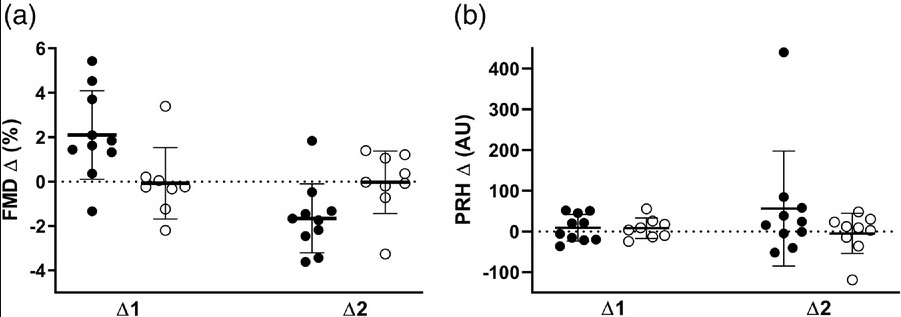
This review provides an update to the position stand of the International Society of Sports Nutrition (ISSN), integrating current literature on energy drinks and energy shots in exercise, sport, and medicine. 

This is extremely extensive, or should I say exhaustive.
I can only include *some* of the concluding keypoints:
I can only include *some* of the concluding keypoints:
- Energy drinks can enhance acute aerobic exercise performance, largely influenced by the amount of caffeine (> 200 mg or >3 mg∙kg bodyweight [BW−1]) in the beverage.
- Although energy drinks and energy shots contain several nutrients that are purported to affect mental and/or physical performance, the primary ergogenic nutrients in most of them based on scientific evidence appear to be caffeine and/or the carbohydrate provision.
- The ergogenic value of caffeine on mental and physical performance has been well-established, but the potential additive benefits of other nutrients contained in energy drinks and energy shots remains to be determined.
- Consuming energy drinks and energy shots 10-60 minutes before exercise can improve mental focus, alertness, anaerobic performance, and/or endurance performance with doses >3 mg∙kg BW−1.
- Consuming energy drinks and energy shots containing at least 3 mg∙kg BW−1 caffeine is most likely to benefit maximal lower-body power production.
- Consuming energy drinks and energy shots can improve endurance, repeat sprint performance, and sport-specific tasks in the context of team sports.
- Many energy drinks and energy shots contain numerous ingredients that either have not been studied or evaluated in combination with other nutrients contained in them.
For this reason, these products need to be studied to demonstrate efficacy of single- and multi-nutrient formulations for physical and cognitive performance as well as for safety.
- Limited evidence is available to suggest that consumption of low-calorie energy drinks and energy shots during training and/or weight loss trials may provide ergogenic benefit and/or promote additional weight control, potentially through enhanced training capacity.
However, ingestion of higher calorie energy drinks may promote weight gain if the energy intake from their consumption is not carefully considered as part of the total daily energy intake.
- Individuals should consider the impact of regular coingestion of high glycemic index carbohydrates from energy drinks and energy shots on metabolic health, blood glucose, and insulin levels.
- Adolescents (aged 12 through 18) should exercise caution and seek parental guidance when considering the consumption of energy drinks and energy shots...
...particularly in excessive amounts (e.g. >400 mg), as limited evidence is available regarding the safety of these products among this population.
Additionally, energy drinks and energy shots are not recommended for children (aged 2-12), those who are pregnant, trying to become pregnant, or breastfeeding and those who are sensitive to caffeine.
- Diabetics and individuals with preexisting cardiovascular, metabolic, hepatorenal, and/or neurologic disease who are taking medications that may be affected by high glycemic load foods, caffeine, and/or other stimulants...
...should exercise caution and consult with their physician prior to consuming energy drinks and energy shots.
- The decision to consume energy drinks and energy shots should be based upon the beverage’s content of carbohydrate, caffeine, and other nutrients and a thorough understanding of the potential side effects.
Indiscriminate use of energy drinks and energy shots, especially if multiple servings per day are consumed or when consumed with other caffeinated beverages and/or foods, may lead to adverse effects.
International society of sports nutrition position stand: energy drinks and energy shots (open access)
doi.org/10.1080/155027…
#nutrition #diet #supplements #supplement #exercise #Workout #TrainHard #GymLife #GymTime #muscle #strength #lift #GetStrong #cardio #hiit
doi.org/10.1080/155027…
#nutrition #diet #supplements #supplement #exercise #Workout #TrainHard #GymLife #GymTime #muscle #strength #lift #GetStrong #cardio #hiit
• • •
Missing some Tweet in this thread? You can try to
force a refresh













